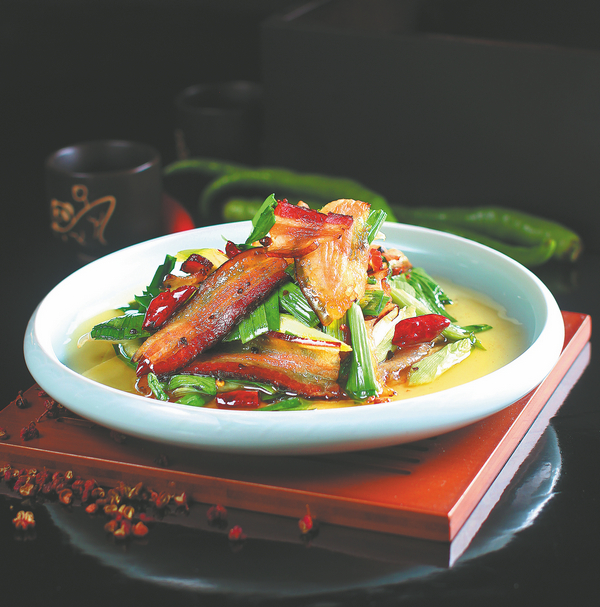

Modern Sichuan cuisine is largely the result of migrant intervention. During the late Yuan Dynasty (1271-1368) and late Ming Dynasty (1368-1644), there were large-scale migrations to Sichuan from provinces such as Hubei, Jiangxi, Fujian, and Guangxi, resulting in cultural exchanges between diverse culinary cultures that eventually produced Sichuan cuisine.
It is worth mentioning that just as modern Sichuan cuisine was taking shape more than three centuries ago, chili peppers from America were introduced to the region — an ingredient that gives Sichuan dishes their distinctive character to this day. According to a local guidebook published in 1909, the chilli peppers are used very frequently in 1,328 Sichuan-style recipes in the book.
While many people attribute the spicy, numbing taste of Sichuan cuisine to the liberal use of peppers, its actual essence has more to do with flavor diversity. Modern Sichuan cuisine emphasizes seasoning and has 24 different flavor profiles, but delicate dishes with no spicy or pronounced numbing flavors account for about two-thirds of them.